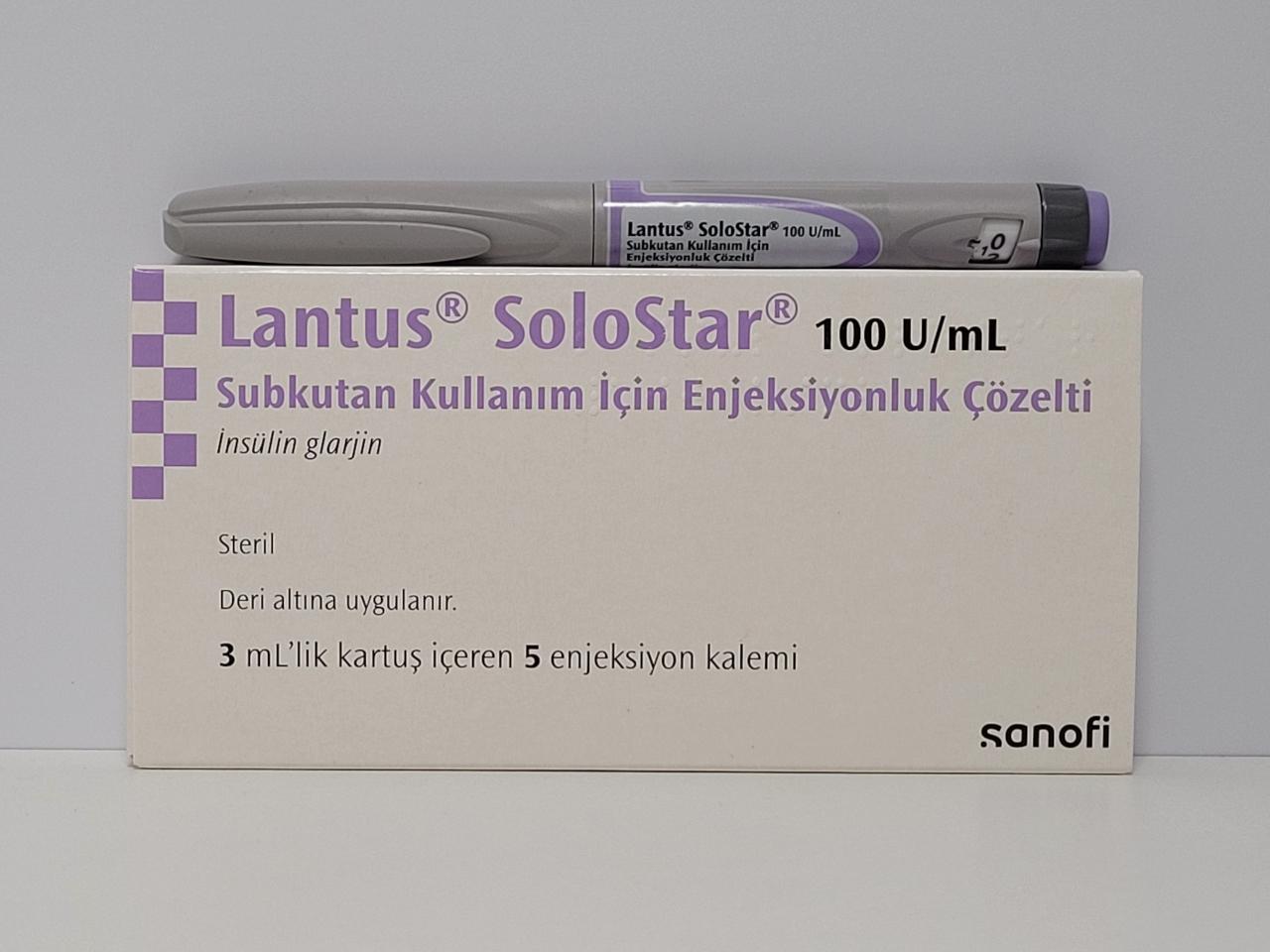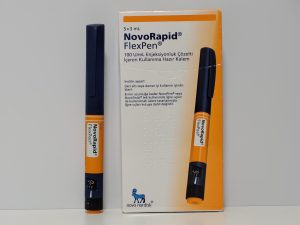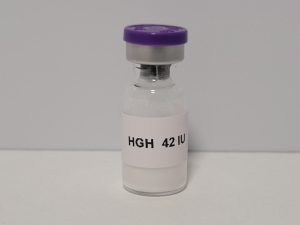Description
Insulin is a naturally occurring hormone made by the pancreas that helps our body use or store the glucose (sugar) it gets from food. For people with diabetes, either the pancreas does not make enough insulin to meet the body’s requirements, or the body cannot properly use the insulin that is made. As a result, glucose cannot be used or stored properly and accumulates in the bloodstream. Insulin injected under the skin helps to lower blood glucose levels.
There are many different types of insulin and they are absorbed at different rates and work for varying periods of time. Insulin glargine is an extended, long-acting insulin. It takes about 90 minutes to begin working after injection, and it stops working after about 24 hours. After injection, insulin glargine is released slowly and constantly into the bloodstream.
Your required dose of insulin depends on how much natural insulin your pancreas is producing and how well your body is able to use the insulin. Your doctor or diabetes educator will determine the appropriate dose for you according to various lifestyle factors and the blood glucose values obtained while monitoring your blood glucose.
Your dose of insulin should be injected subcutaneously (under the skin) exactly as instructed by your doctor or diabetes educator. Do not inject insulin glargine into a vein or muscle, and do not use insulin glargine in insulin infusion pumps. The dose of insulin is measured in international units (IU). Each 1 mL of insulin contains 100 IU. Insulin glargine is injected under the skin once daily. In addition to insulin glargine, doses of a fast-acting insulin are usually used to control the impact of food intake on blood sugar levels during the day. There are many variations of insulin dosing.



